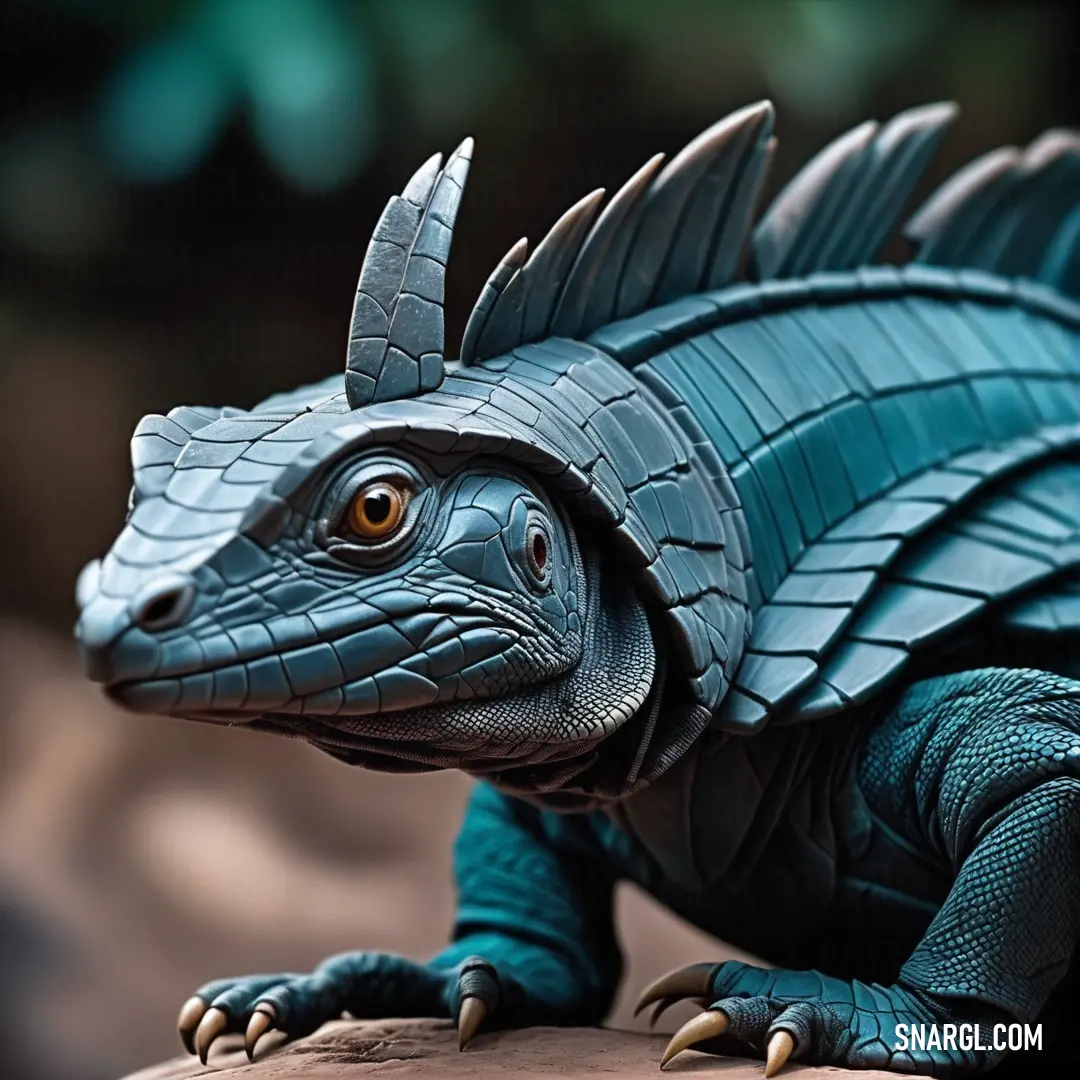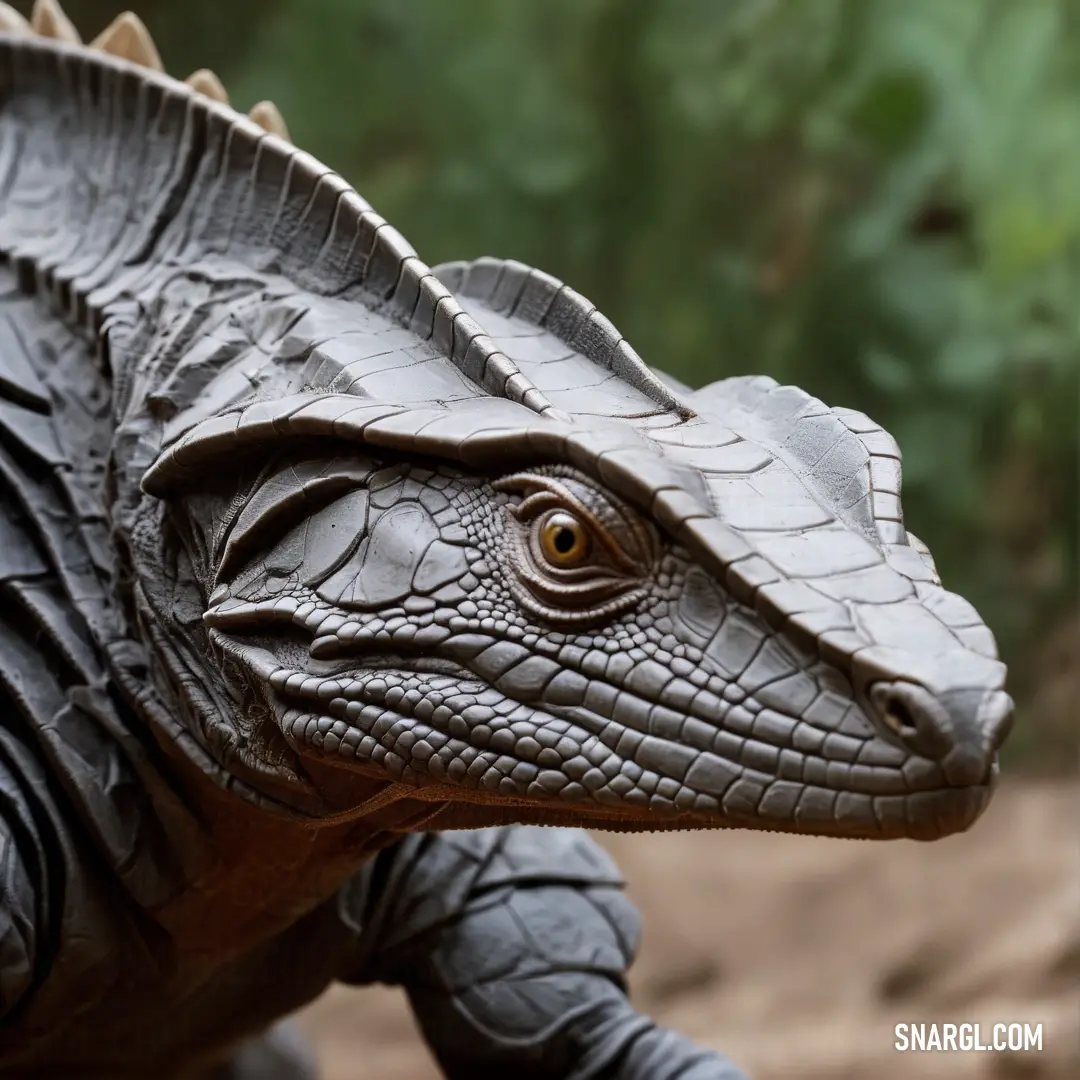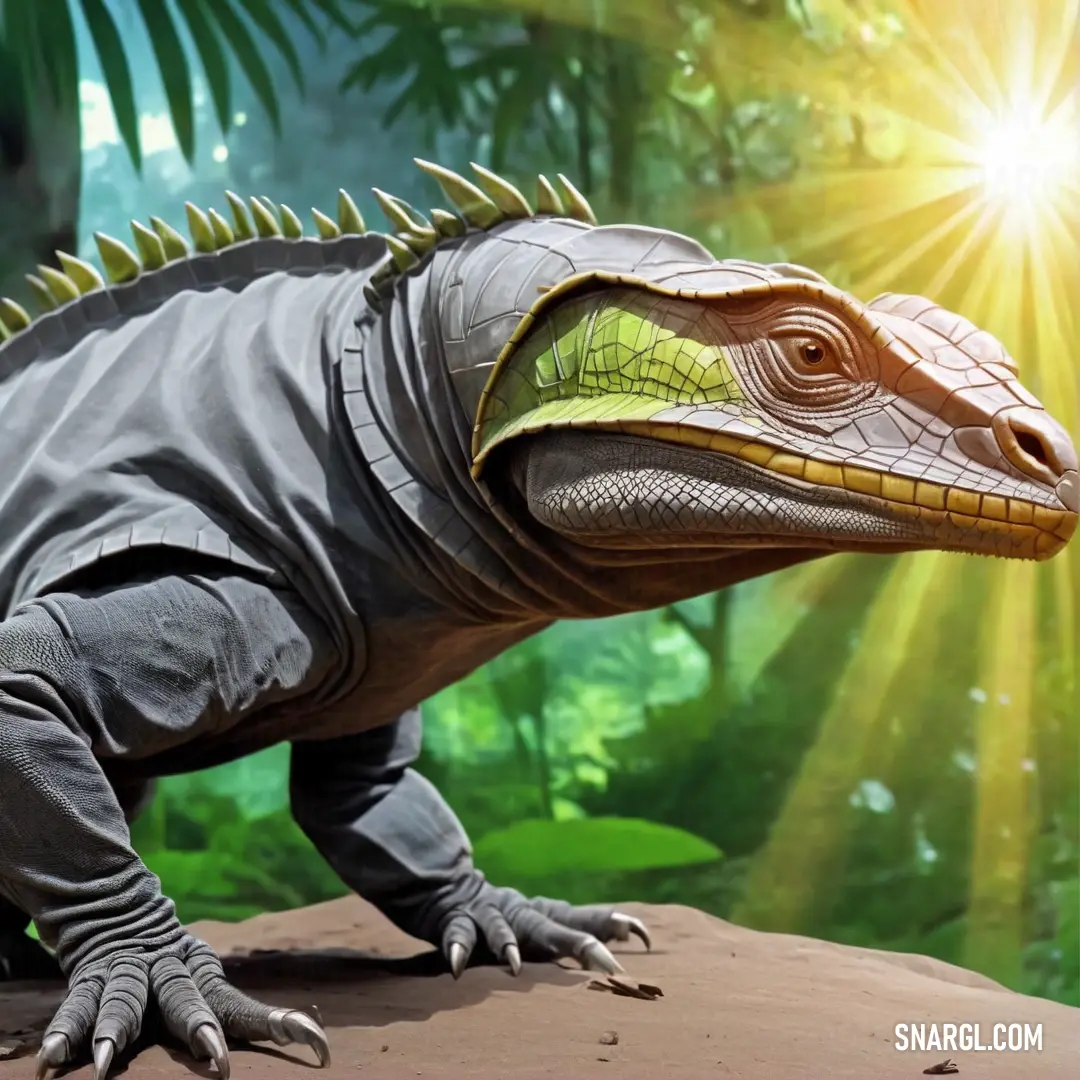In a far away place, in the quaint town of Berrytown, nestled between rolling hills and sparkling streams, there existed a curious animal shelter known for its eccentric residents. The most extraordinary of all was Ziggy, a Cyclura - an impressive, rock-like lizard with a charm that could melt the coldest of hearts. Ziggy was not only adored by everyone but had a knack for turning ordinary events into epic adventures.
One sunny afternoon, Harper, the shelter's devoted but slightly harried manager, received a splendid new addition: a long, sturdy rope ladder. This ladder was intended to help animals climb to the top of their play area, but Harper had a secret wish - it would also double as a fun plaything for Ziggy, who loved to climb and hang about like a reptilian acrobat.
As soon as Ziggy spotted the rope ladder, he was instantly smitten. The ladder dangled enticingly from a branch in Ziggy's enclosure, and the Cyclura's eyes sparkled with anticipation. Ziggy's daily ritual soon became a battle of wits with the ladder. At first, it was a game of casual play: Ziggy would climb up, then dangle down, all with the grace of a ballet dancer and the flair of a circus performer.
However, Harper noticed Ziggy's growing obsession and decided to intervene. "Ziggy, dear," Harper said one morning, "You've had your fun, but it's time for a little break. We need to make sure everyone gets a turn with the ladder."
Ziggy, who had developed a rather unflattering habit of hissing at anyone who approached the ladder, was not pleased. "Hisssss! No! Mine!" Ziggy growled, using the ladder as a fort.
Harper chuckled, but knew this standoff was more than just a game. With a deep breath, she devised a plan. She placed a colorful array of treats - juicy fruits, crunchy leaves, and even a few rare insects - on the opposite side of the yard. The idea was to lure Ziggy away from his beloved ladder.
Ziggy, driven by the tantalizing aromas, hesitated only momentarily before making a beeline for the treats. Harper seized the opportunity and, with a burst of speed, scooped up the ladder and placed it out of Ziggy's reach. As Ziggy munched contentedly, Harper thought the battle was won.
But Ziggy had not relinquished his claim so easily. With a swift and agile leap, he ascended the highest tree branch and, from there, launched himself like a missile toward the ladder. Harper's eyes widened in disbelief as Ziggy performed what could only be described as an aerial acrobatic feat. The ladder wobbled precariously but remained standing.
Harper, now in full retreat mode, shouted, "Ziggy, let's be reasonable! The ladder can't be both a toy and a fortress!"
Ziggy paused, then gave a thoughtful nod - an impressive display of reptilian sagacity. Realizing that Harper was not going to back down, Ziggy reluctantly allowed the ladder to be shared. From that day on, the ladder was a symbol of balance and harmony. Ziggy's acrobatics continued, but now with a generous spirit. He would let other animals have their turn, occasionally bestowing upon them a "reptilian high-five" from the top of the ladder.
And so, in the mythic lore of Berrytown, the story of Ziggy and the Rope Ladder became a tale told with much laughter and affection. It was said that the Cyclura's stubbornness was legendary, but his capacity for friendship and fun was even more so. And Harper, with her quick thinking and boundless patience, was celebrated as the true hero of this whimsical saga.



